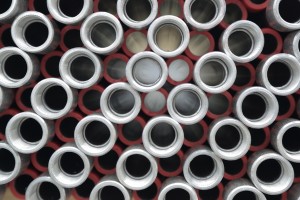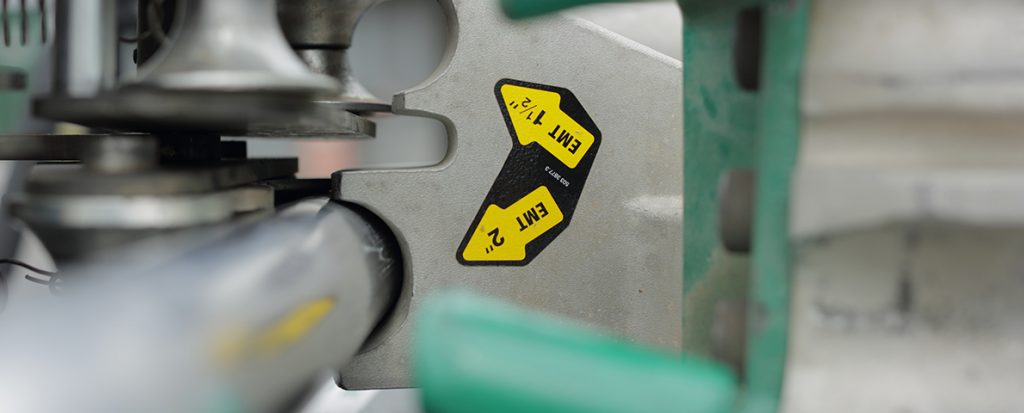Knowing the difference between rigid conduit and EMT, or electrical metallic tubing, will be very important in order to make sure you’re getting exactly the right type of conduit for your specific application. American Conduit is staffed with experts who will be happy to answer any questions you may have regarding the types of conduit we have on hand. No matter what type of size you may need, we’ll have it – and we’ll also be able to get it to you very quickly.
Why Conduit is So Important
 Conduit is a vital component of any sort of structure, whether it’s commercial, industrial or anything else. Conduit provides the protection electrical wires need so they don’t suffer damage due to an accident or environmental conditions, such as moisture or extreme cold or heat. It makes it easy to pull wires through finished walls, and also allows for convenient changes should your wiring needs change.
Conduit is a vital component of any sort of structure, whether it’s commercial, industrial or anything else. Conduit provides the protection electrical wires need so they don’t suffer damage due to an accident or environmental conditions, such as moisture or extreme cold or heat. It makes it easy to pull wires through finished walls, and also allows for convenient changes should your wiring needs change.
There are two main types of conduit – rigid metal conduit, or RMC, and EMT. Here’s a brief look at the main differences between them.
RMC
RMC is threaded, and has thick walls. You connect different sections of RMC together by using screws to attach the connectors to the tubes. RMC provides a great deal of protection for wiring, and can also be used as a grounding connector – providing the runs are short. One of the main advantages of RMC is that its thick walls protect sensitive equipment from electromagnetic interference.
You’ll find RMC in a lot of different applications. For example, it can be used in environments where chemical fumes are found. RMC is also commonly used underwater, and in oil refineries.
Since RMC connections are threaded, it will take more work to install. As a result, RMC costs more than EMT. In addition, RMC is more expensive because it’s thicker and heavier.
EMT
The biggest different between RMC and EMT is that EMT is a lot lighter. It has thinner walls and is also unthreaded. As a result, it’s a very popular option for use in commercial buildings. Connecting sections of EMT is easier. The process involves using clamps that slide onto each end of the tubing, which are then secured with setscrews.
EMT is much less expensive than RMC, yet still provides excellent protection for wiring – as long as its not used in environments that can pose a risk for damage. For example, EMT should not be used in areas that have a lot of vehicle traffic.
In addition, our patented PullEase EMT is designed with a unique ridged interior to reduce internal friction and make pulling wire fast and easy.
Aluminum – The Material of Choice
Whether RMC or EMT conduit is better for your specific needs, you should always opt for aluminum rather than steel. American Conduit offers aluminum conduit treated with special alloys. These alloys make our aluminum just as strong as steel, yet it’s much lighter. It doesn’t take nearly as much effort to install our aluminum conduit, so you can save a great deal of money on labor costs. You’ll save on material costs as well since aluminum weighs about one-third as much as steel.
But don’t worry that you’ll be sacrificing durability to save a few dollars. You can use our aluminum conduit just about anywhere you need without having to worry about corrosion or any other sort of degradation.
Get in touch with American Conduit for more information on the difference between rigid conduit and EMT. Contact us online or call 1 (800) 334-6825.

